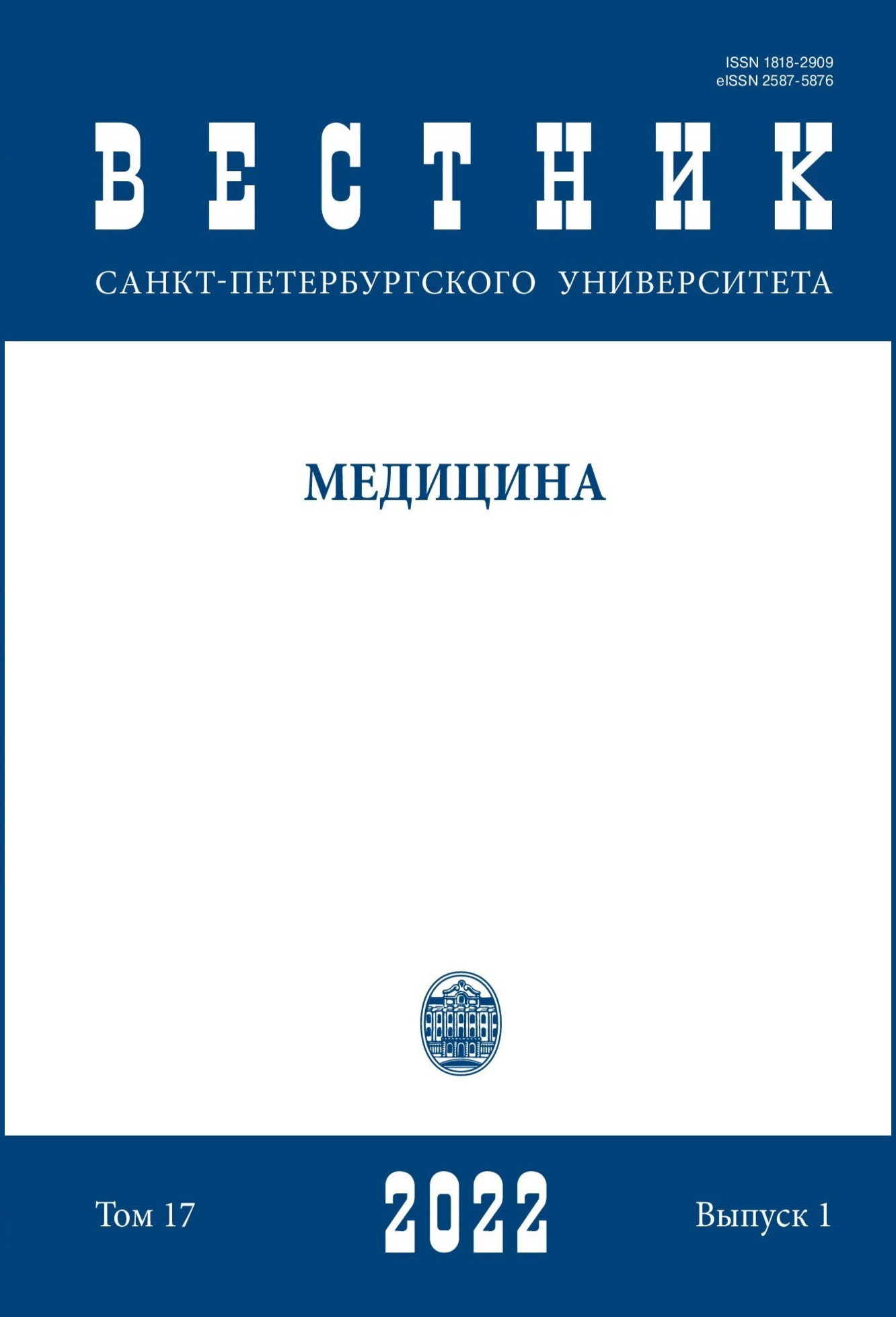Disinfectants based on polyhexamethylene guanidine for use in underground space
DOI:
https://doi.org/10.21638/spbu11.2022.104Abstract
This paper presents the results of a comparative analysis of preparations used for reducing the risk associated with biological agents, which may cause diseases in humans, as well as biological destruction of materials and biofouling of different equipment. In course of selecting disinfectants it is possible and necessary to combine such actual requirements as high level of ecological compatibility and economical feasibility. Preparations on the basis of PHMG completely comply with these requirements. Therein domestic preparations, that do not concede by quality to foreign ones, are proposed for users in convenient forms and concentrations. Their application in underground spaces permits to reduce risk to health of underground workers and to prevent biodeterioration of working zone.
Keywords:
biological agents, disinfectants, working area, risk of biofouling
Downloads
References
References
Downloads
Published
How to Cite
Issue
Section
License
Articles of "Vestnik of Saint Petersburg University. Medicine" are open access distributed under the terms of the License Agreement with Saint Petersburg State University, which permits to the authors unrestricted distribution and self-archiving free of charge.




